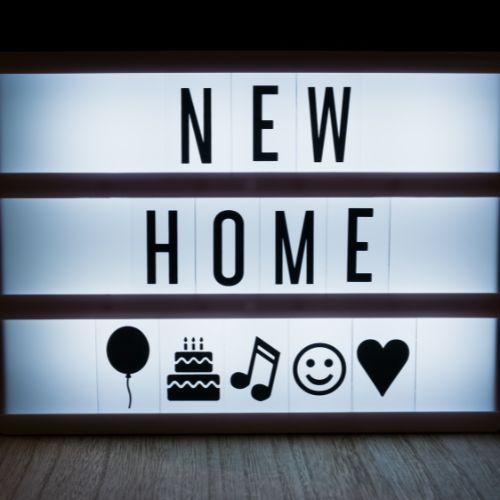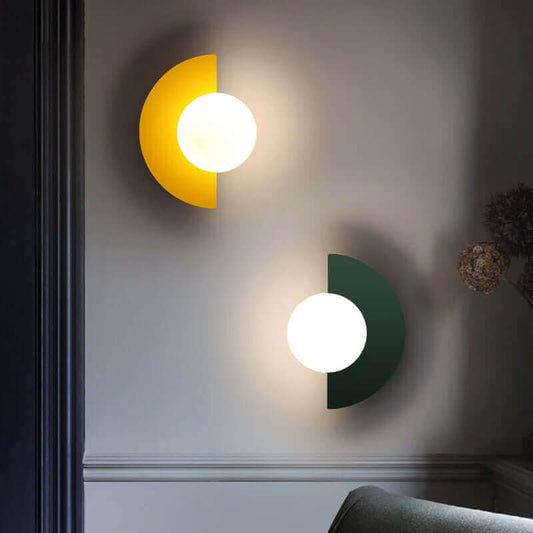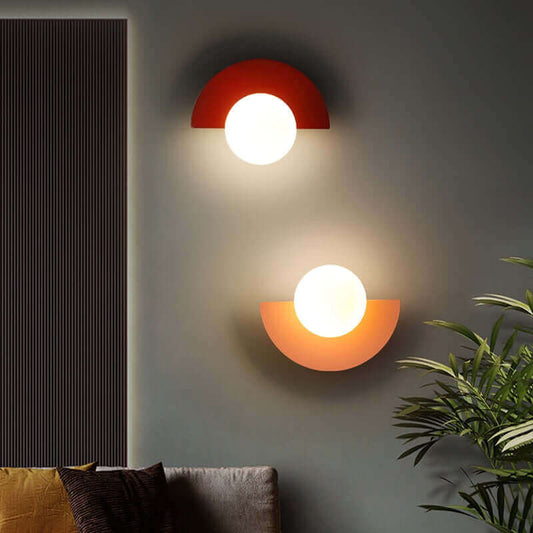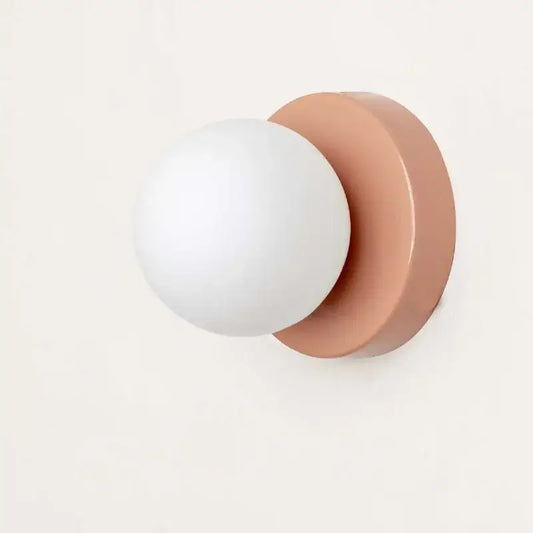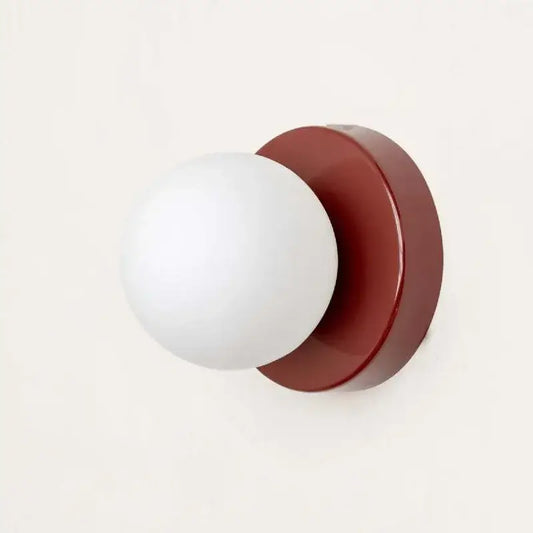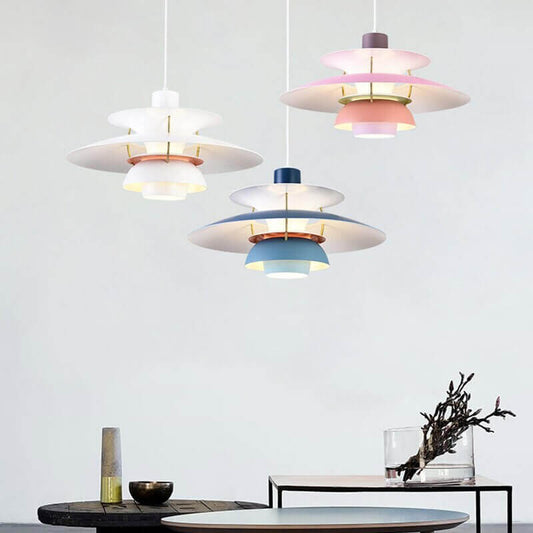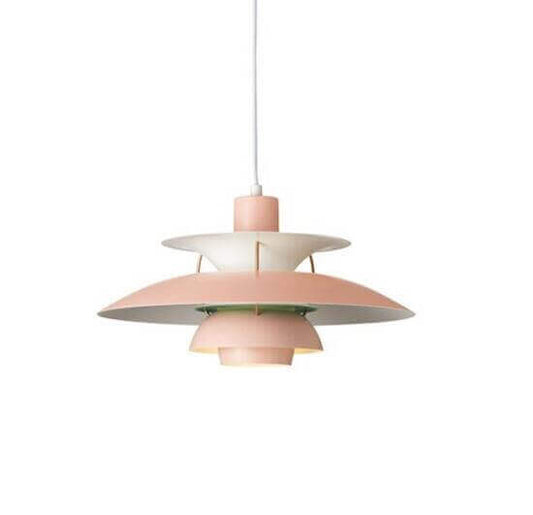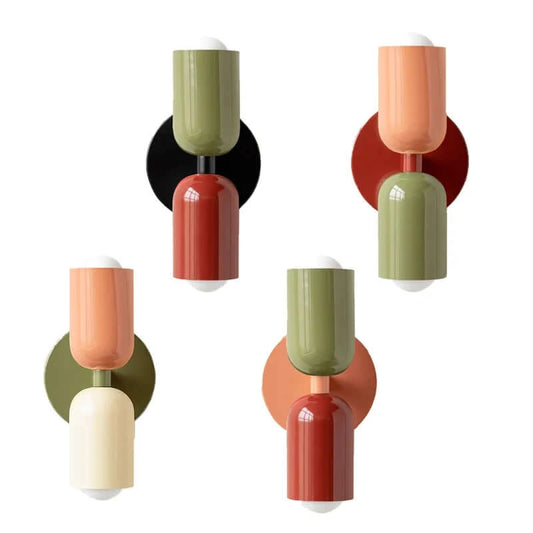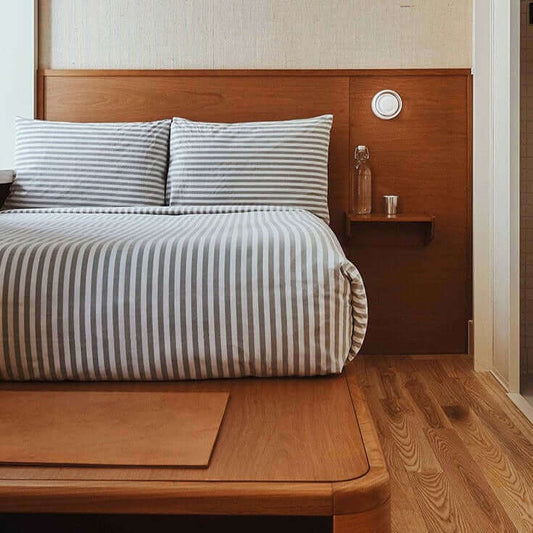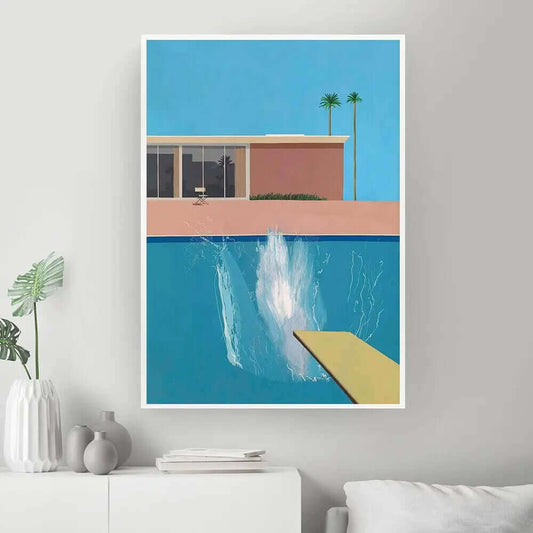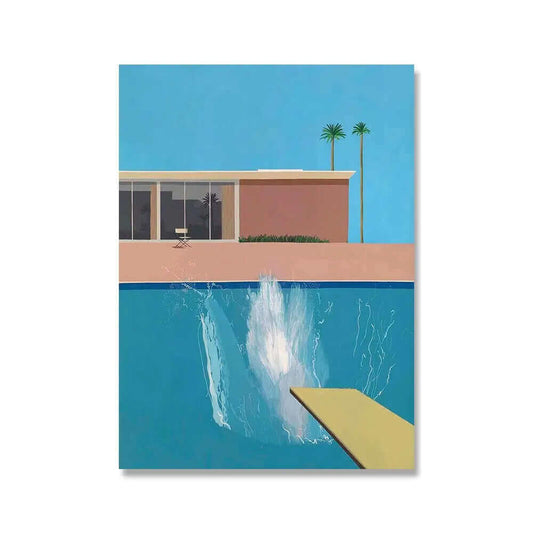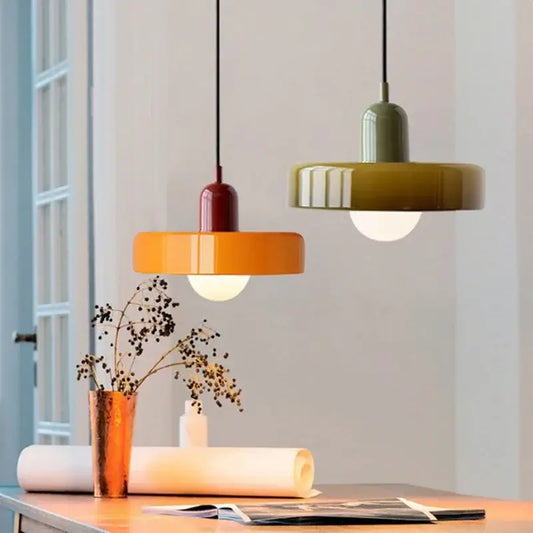Pendant lighting is not just a source of illumination; it’s a design statement that can transform any space. With an array of styles and uses, pendant lights can enrich your interior design vision and provide functional lighting. Whether you’re looking for a stunning centerpiece in your dining room or accent lighting in a cozy nook, understanding the various types of pendant lights can help you make an informed decision. In this comprehensive guide, we will dive deep into the different styles of pendant lighting, their best uses, and how they compare with other forms of lighting such as floor lamps, table lamps, and ceiling light fixtures.
Types of Pendant Lighting
Pendant lights are versatile fixtures that come in various shapes, sizes, and designs. Understanding the primary types will allow you to select the perfect one for your space.
1. Single Pendant Lights
A single pendant light acts as a striking focal point. These lights are typically hung alone and are perfect above dining tables, kitchen islands, or entryways. They are ideal for minimalist designs but can be incorporated into any décor style.
2. Multi-Light Pendants
Multi-light pendants feature several individual light sources. These fixtures can provide broader coverage and are often used over larger dining tables or kitchen islands. They bring an air of elegance and style and can dynamically enhance your room’s interior design.
3. Mini Pendants
Mini pendants, usually smaller in size, work well in clusters or rows to create a unique hanging light installation. They are perfect for tight spaces or over a kitchen counter. Mini pendants can also provide additional lighting in corners, far exceeding standard floor lamps or table lamps limited to flat surfaces.
4. Statement Pendant Lights
For those unafraid to make a bold statement, oversized or uniquely designed pendant lights are a fantastic option. These artistic pieces can capture attention and serve as the centerpiece of a large room, enhancing its overall aesthetic appeal.
5. Industrial Pendant Lights
With stripped-back materials and a rugged finish, industrial pendant lights convey a utilitarian charm. They pair beautifully with modern or vintage-inspired interiors while providing focused lighting suitable for reading or workspace areas.
6. Vintage and Retro Pendant Lights
If you appreciate nostalgic aesthetics, vintage or retro pendant lights are perfect options. These fixtures often feature warm-colored glass and intricate designs that add character and appeal to revitalized or traditional spaces.
Choosing the Right Style for Your Space
Selecting the right pendant lighting involves considering not only their style but also their placement and relationship with other lighting types such as wall light fixtures and ceiling light fixtures.
Dining Room Pendant Lights
The dining room is a place for gatherings, and selecting the right pendant light can set the mood. Opt for an oversized or multi-light design that hangs low enough to illuminate the table without obstructing views. A mix of ambient light from ceiling fixtures and accent lighting from well-placed floor lamps ensures a wonderfully lit environment.
Kitchen Pendant Lights
In the kitchen, pendant lights above islands serve both functional and decorative purposes. Use mini pendants or clusters for functionality while accenting the kitchen's modern aesthetic. Pair your kitchen pendant lighting with under-cabinet lighting to create a well-lit workspace and a cozy atmosphere.
Living Room Pendant Lights
Pendant lights in the living room should complement other existing light sources. You can create layers by combining pendant lighting with table lamps and floor lamps for a balanced look. Opt for a statement pendant light to serve as a stylish centerpiece while using smaller lamps to provide softer light in corners or reading areas.
Functional Versatility
Beyond aesthetics, pendant lights offer exceptional versatility in their functionality.
Task Lighting
Effective task lighting is crucial for activities such as reading, cooking, or crafting, and pendant lights can be strategically placed to illuminate these areas. For instance, a pendant light positioned over a desk or workbench can significantly enhance visibility for detailed work, providing a level of focused lighting not always achievable with floor lamps or table lamps.
Ambient Lighting
Pendant lighting can also serve as a source of ambient light that adds warmth and character to a room. Dimmer switches can further enhance the ambiance, allowing you to control the mood of your space. Redirecting and diffusing light will create an inviting atmosphere that encourages relaxation.
Accent Lighting
Pendant lights aren't just functional; they can also serve as accents that highlight features in a room. You might choose a pendant light to spotlight artwork, plants, or architectural details. Adding pendant lighting to high ceilings can help draw the eye upwards, promoting a sense of space.
Integrating Pendant Lighting with Other Fixtures
While pendant lights shine on their own, they can also beautifully integrate with other lighting fixtures, enhancing the overall aesthetic of your room.
Combining with Ceiling Fixtures
Pendant lights can be paired with ceiling light fixtures to provide both ambient and task lighting. For instance, a large chandelier can hang above the dining area while complementing smaller pendant lights. This layered approach ensures adequate illumination throughout the space while staying stylish.
Accent with Wall Light Fixtures
Accent lighting from wall light fixtures can highlight your pendant lights. These fixtures help draw attention to specific areas in a room and provide softer illumination. When pairing pendant lights with wall fixtures, consider the height and direction of both to achieve a cohesive flow.
Mixing with Other Light Types
Experimenting with different types of lighting such as floor lamps and table lamps can create a multi-dimensional lighting scheme. For example, a floor lamp near a cozy reading chair combined with a softly-glowing pendant light overhead can create a well-lit area that is perfect for relaxation.
Trends in Pendant Lighting
As you contemplate your choices, being aware of current trends in pendant lighting can inspire fresh ideas and help you choose a style that aligns with modern design principles.
Glass Pendant Lights
Glass has made a significant comeback, with many designers opting for clear or colored glass shades that both diffuse and reflect light beautifully. Glass pendant lights effortlessly blend with various décor styles, from rustic to contemporary.
Nature-Inspired Designs
Bringing nature indoors has become a favored trend in interior design. Expect to see pendant lights made from organic materials such as wood and rattan, which evoke a sense of tranquility and groundedness.
Bold Colors and Shapes
Gone are the days of strictly neutral palettes for pendant lights. Vivid colors, unique shapes, and intricate patterns are gaining favor. Choosing an unexpectedly colored or shaped pendant can serve as a major design highlight and conversation starter.
Smart Pendant Lighting
Technology and lighting are becoming increasingly intertwined with the rise of smart home systems. Smart pendant lights that can be controlled via apps offer both convenience and versatility, letting you steer the ambiance in your living spaces with ease.
The Right Height Matters
When installing pendant lights, the height they hang is critical for both functionality and aesthetics.
General Guidelines
- Dining Areas: Pendant lights should hang 30 to 36 inches above the table.
- Kitchens: Place pendant lights 28 to 34 inches above the island or counter.
- Living Spaces: Aim for a height of 7 feet from the floor to avoid obstructions and create a comfortable environment.
Adjusting for Ceiling Height
If you have high ceilings, consider longer drop pendant lights to maintain balance. Conversely, for lower ceilings, choose flush mounts or shorter pendants to avoid making the room feel cramped.
Care and Maintenance
Keeping your pendant lights in optimal condition ensures that they not only look beautiful but function effectively as well.
Dusting and Cleaning
Regular dusting will help maintain clarity, especially for glass shades. For deeper cleaning, consult specific guidelines for your pendant light materials, as some require specialized care.
Changing Bulbs
Ensure you know the type of bulbs your pendant light requires. Regularly checking and changing burnt-out bulbs will maintain the light's effectiveness and contribution to your space.
Inspecting for Wear and Tear
Performing periodic checks for any signs of wear, such as frayed wires or loose fittings, will ensure safety and longevity for your pendant lights.
Elevating Your Space with Pendant Lighting
In conclusion, pendant lighting is a dynamic option that can drastically enhance your home's aesthetic while meeting practical lighting needs. With the myriad styles available, from the sleek modern designs to vintage-inspired pieces, you can showcase your personal taste while effectively illuminating your living spaces. Remember to consider how pendant lights interact with other light fixtures, like floor lamps, table lamps, and ceiling light fixtures to achieve a harmonious design. Armed with this knowledge, you are now prepared to explore the endless possibilities that pendant lighting offers and elevate your interior design to new heights!
